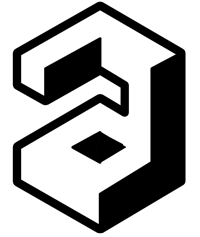Taylor Series Approximation of Semi-Blind Blue Channel Estimates With Applications To Dtv
Loading...
Files
Date
2008-01
Authors
Journal Title
Journal ISSN
Volume Title
Publisher
Taylor and Francis Ltd.
Open Access Color
OpenAIRE Downloads
OpenAIRE Views
Abstract
We present a low-complexity method for approximating the semi-blind best linear unbiased estimate (BLUE) of a channel impulse response (CIR) vector for a communication system, which utilizes a periodically transmitted training sequence. The BLUE, for h, for the general linear model, y = Ah + w + n, where w is correlated noise (dependent on the CIR, h) and the vector n is an Additive White Gaussian Noise (AWGN) process, which is uncorrelated with w is given by h = (ATC(h)-1A)-1ATC(h)-1y. In the present work, we propose a Taylor series approximation for the function F(h) = (ATC(h)-1A)-1ATC(h)-1y. We describe the full Taylor formula for this function and describe algorithms using, first-, second-, and third-order approximations, respectively. The algorithms give better performance than correlation channel estimates and previous approximations used, at only a slight increase in complexity. Our algorithm is derived and works within the framework imposed by the ATSC 8-VSB DTV transmission system, but will generalize to any communication system utilizing a training sequence embedded within data.
Description
Keywords
Channel estimation, Best linear unbiased estimation, Gauss Markoff Theorem, Taylor series approximation, Linearization
Turkish CoHE Thesis Center URL
Fields of Science
Citation
Pladdy, C., Özen, S., Nerayanuru, S. M., Ding, P., Fimoff, M. J., and Zoltowski, M. (2008). Taylor series approximation of semi-blind BLUE channel estimates with applications to DTV. Inverse Problems in Science and Engineering, 16(3), 303-324. doi:10.1080/17415970701743350
WoS Q
Q4
Scopus Q
N/A

OpenCitations Citation Count
1
Source
Inverse Problems in Science and Engineering
Volume
16
Issue
3
Start Page
303
End Page
324


